Two Paths Diverged in Word Gaming
se·man·tic game /səˈman(t)ik ɡām/
A game that explores how words relate through meaning rather than spelling.
Think Codenames, not Scrabble. Connections, not Wordle.
While most word games remained stuck in letter manipulation—Scrabble, Wordle, crosswords—a parallel tradition emerged: semantic games that explore meaning, not spelling.
The Letter Games (Most Popular)
Arrange letters into valid words:
- Scrabble - maximize letter values
- Wordle - guess the hidden word
- Crosswords - fill the grid
- Boggle - find words in a matrix
- Spelling Bee - make words from letters
Tests: Vocabulary size, spelling ability
The Semantic Games (Our Heritage)
Explore how words relate through meaning:
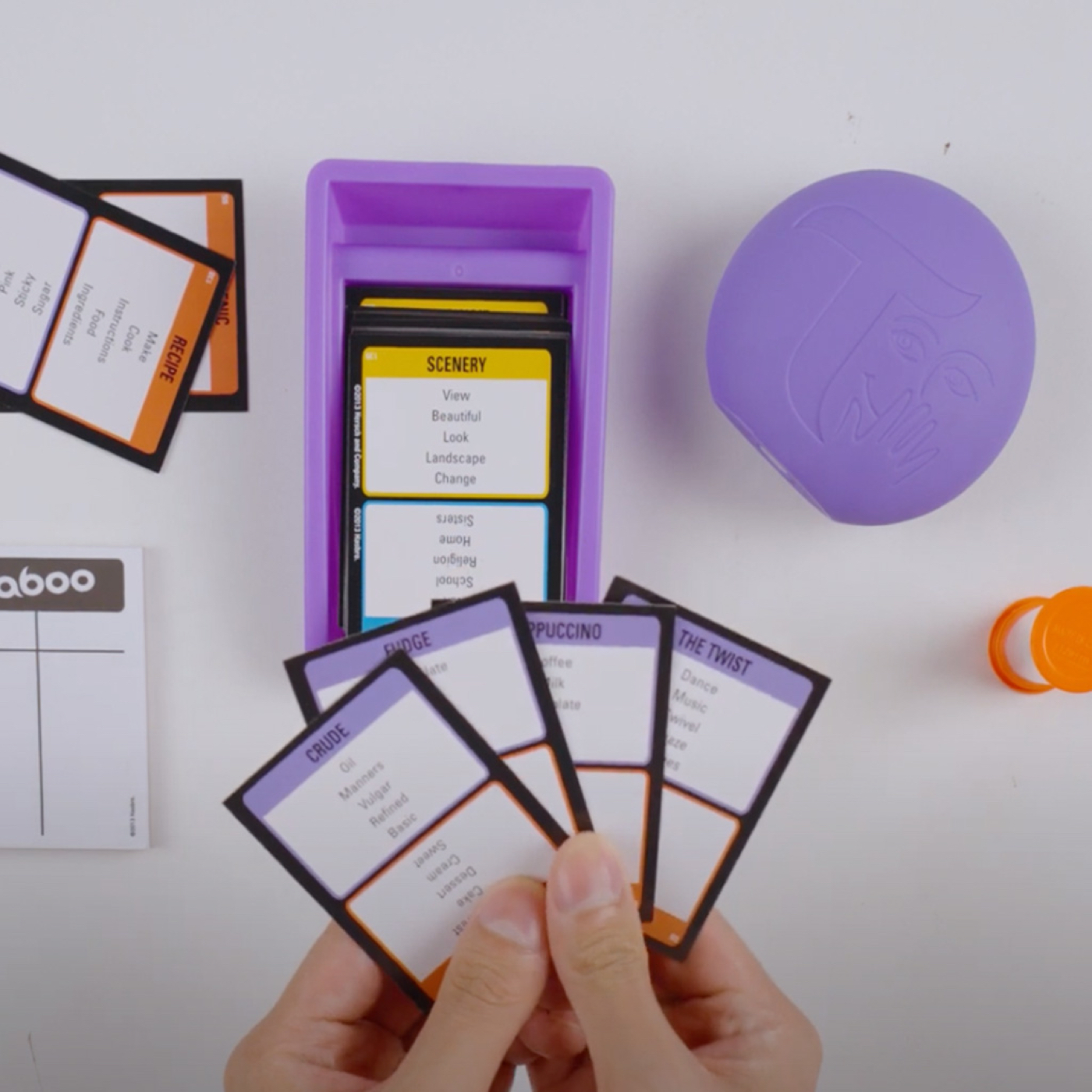
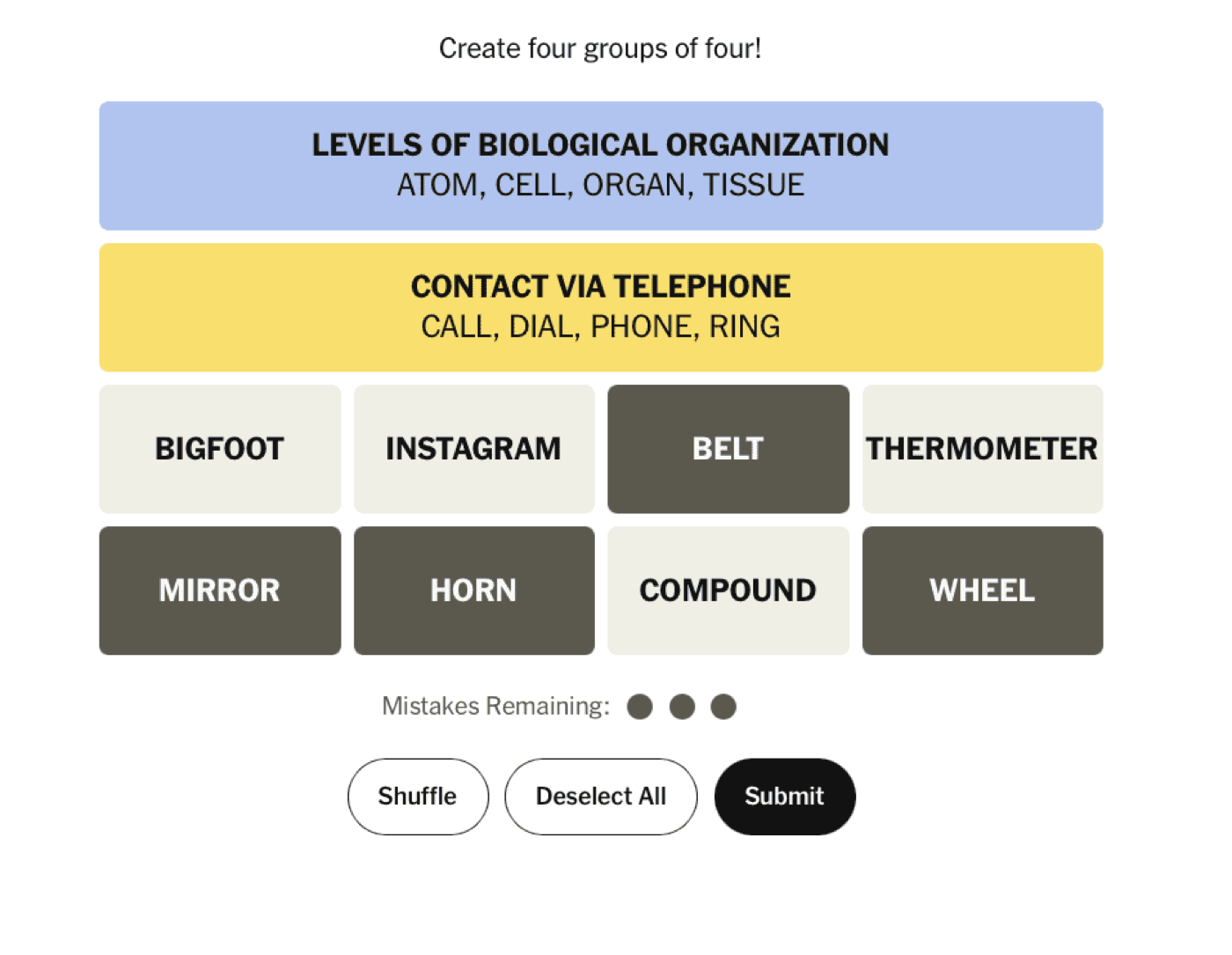
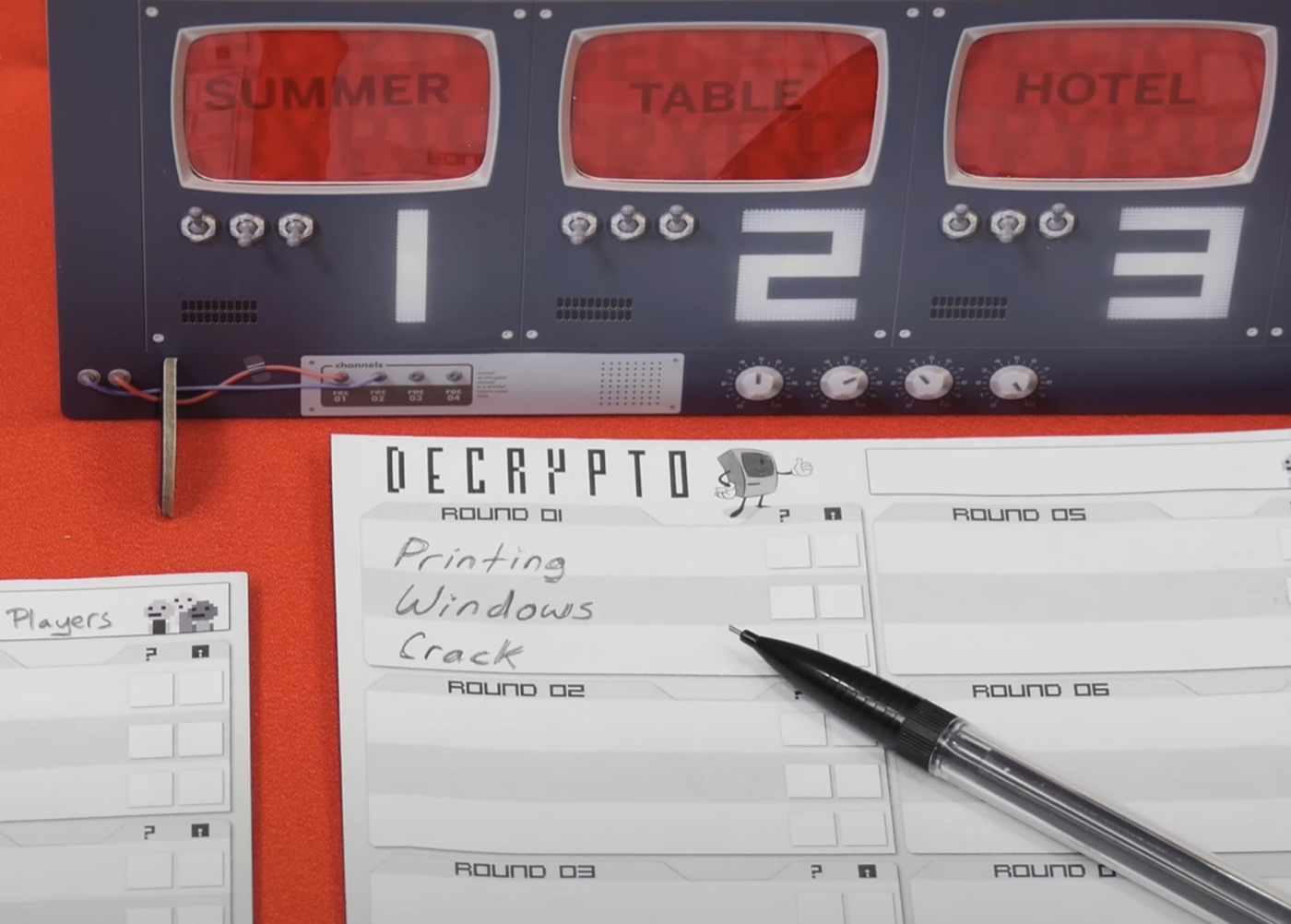
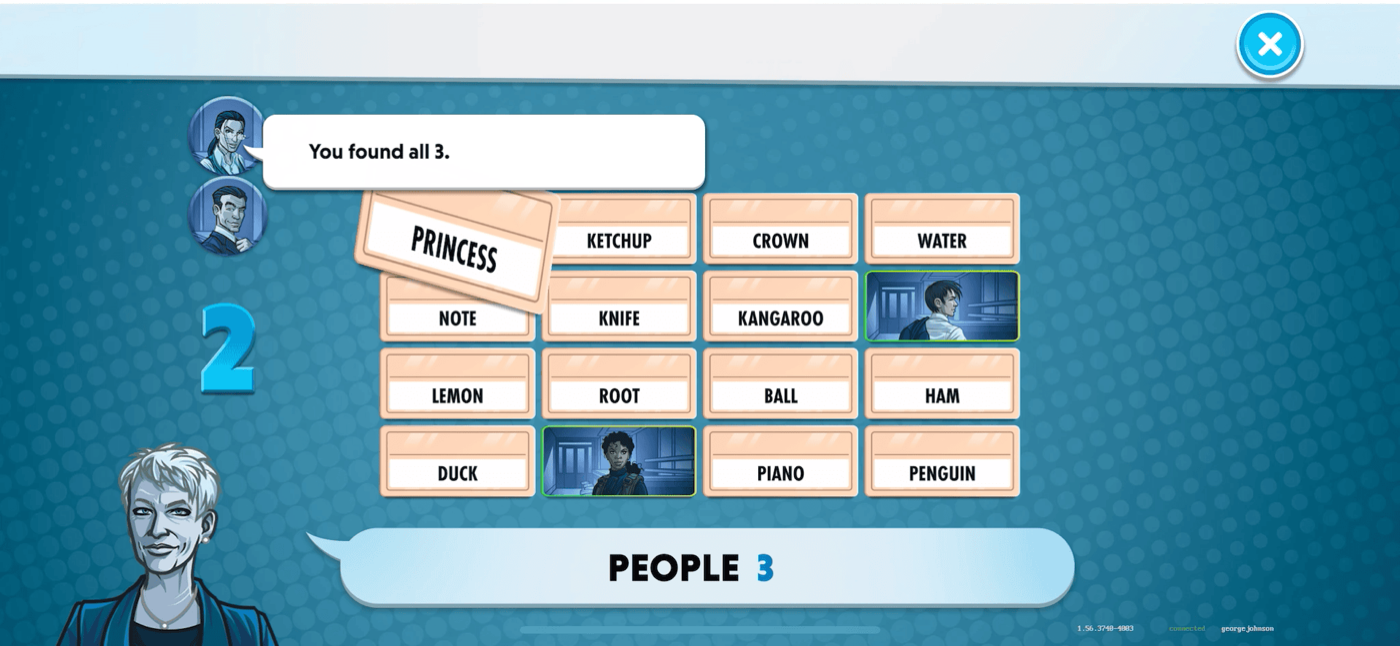
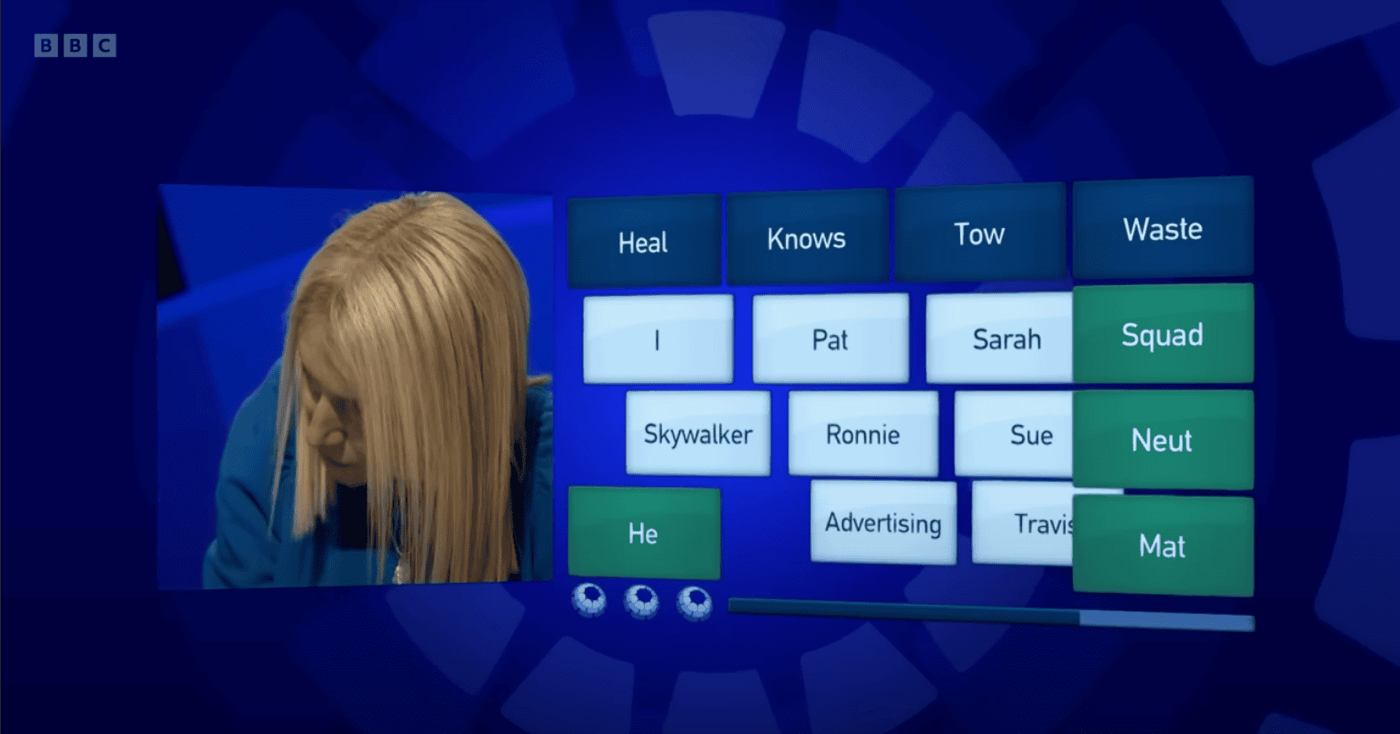
Taboo, Only Connect, Codenames, Decrypto, NYT Connections—these games ask how concepts relate, not how they're spelled.
Develops: Pattern recognition, lateral thinking
The Limitation of Even Great Semantic Games:
They're constrained by pre-authored content. Taboo has fixed cards. Connections has daily puzzles. Codenames has limited word grids.
What if semantic games could explore the entire network of language?



